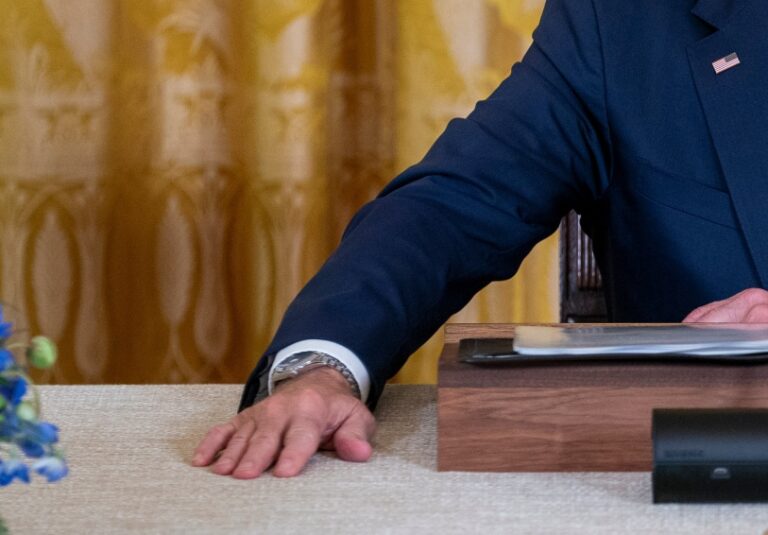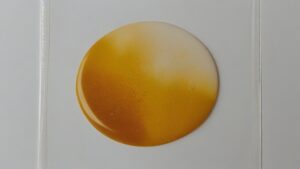The White House’s plan to ‘cryptographically verify’ videos of President Joe Biden to prevent viewers from mistaking them for AI deepfakes has sparked significant interest and speculation. With the rise of sophisticated deepfake technology, it has become increasingly crucial to ensure the authenticity of videos circulating online. In this article, we will delve into the White House’s initiative, exploring its significance, the methods employed, and potential implications. So, let’s dive in!
The Rise of Deepfakes and the Need for Authentication
The advent of artificial intelligence has brought both remarkable advancements and unprecedented challenges. Deepfake technology, in particular, has emerged as a serious concern. Deepfakes refer to manipulated videos or images that can convincingly mimic real people, placing innocent individuals in compromising situations or disseminating false narratives. With the potential to wreak havoc on personal lives, politics, or even international relations, combating the threat posed by deepfakes has become increasingly crucial.
What are Deepfakes?
Deepfakes employ AI algorithms to alter or create videos that depict people saying or doing things they have never done. Utilizing machine learning algorithms, deepfake creators can swap faces, edit and manipulate facial expressions and lip movements, making it incredibly challenging to discern a deepfake from an authentic video.
The White House’s Initiative
The White House has recognized the urgency of addressing the issue and has recently announced its plans to ‘cryptographically verify’ videos of President Joe Biden. By doing so, they aim to add an additional layer of protection against the spread of deepfakes, preventing misinformation and potential harm to individuals or organizations.
How does Cryptographic Verification Work?
Cryptographic verification involves using digital signatures or certificates to ensure the authenticity and integrity of data. In this context, the White House intends to generate unique cryptographic hashes for each video of President Biden. These hashes act as digital fingerprints, guaranteeing that the video has not been tampered with or manipulated in any way.
Furthermore, these hashes will be made publicly available, enabling journalists, media organizations, and the public to independently verify the authenticity of the videos. By allowing multiple trusted sources to review and confirm the cryptographic hashes, the risk of deepfakes being mistaken for genuine videos decreases significantly.
Potential Implications and Benefits
The White House’s move to ‘cryptographically verify’ videos of President Biden carries several implications and benefits. Let’s explore some of the key aspects:
Building Trust and Countering Disinformation
Amid a landscape ripe with misinformation and disinformation, cryptographic verification helps build trust and transparency. Viewers can be assured that the videos they watch accurately depict President Biden, reducing the spread of false narratives or manipulated content.
Strengthening Democracy
Ensuring the authenticity of videos enhances the democratic process by allowing voters to make informed decisions based on genuine information. By safeguarding the integrity of political discourse, cryptographic verification plays a vital role in maintaining a healthy democracy.
Encouraging Accountability
Cryptographic verification holds the potential to increase accountability among public figures. Knowing that videos can be verified and malicious deepfakes can be identified and debunked helps create a more responsible and honest environment for public figures to operate.
Preserving Personal Lives
By validating the authenticity of videos, cryptographic verification protects individuals from falling victim to deepfake attacks. It lessens the potential harm caused by false narratives, as deepfakes can be devastating to personal relationships, professional reputations, and emotional well-being.
Preventing Technological Abuse
While cryptographic verification aids in combatting deepfakes, it is essential to address the concerns surrounding potential misuse of this technology. Striking a balance between protecting against deepfakes and respecting individual privacy is crucial to prevent unintended consequences.
FAQ – 5 Questions Answered
Here are common questions answered to shed more light on cryptographic verification and the White House’s initiative:
Q1. What happens if a deepfake video goes undetected by cryptographic verification?
A1. Cryptographic verification is not foolproof and relies on data integrity at the time of the verification process. As deepfake technology progresses, new methods may emerge that can bypass current verification mechanisms.
Q2. Who will handle the cryptographic verification process?
A2. The White House plans to collaborate with trusted technology partners, such as leading cybersecurity companies and cryptographic experts, to develop and implement effective verification protocols.
Q3. Will cryptographic verification hinder freedom of speech or artistic expression?
A3. The goal is not to stifle freedom of speech or artistic expression, but to prevent the malicious use of deepfake technology. Efforts will be made to strike a balance between protecting against deepfakes and respecting individual rights.
Q4. Are there any concerns regarding centralized control over cryptographic verification?
A4. Centralized control raises potential concerns of censorship and abuse of power. Ensuring decentralized and transparent verification protocols are in place will help mitigate such risks.
Q5. How quickly will cryptographic verification be implemented and accessible to the public?
A5. The process of implementing cryptographic verification for videos of President Biden will take time. Protocols must be developed, thoroughly tested, and made accessible to the public to ensure widespread adoption and effectiveness.
In conclusion, the White House’s initiative to ‘cryptographically verify’ videos of President Biden represents a significant step towards combating the threat of deepfakes. By utilizing cryptographic verification, the authenticity of videos can be verified, mitigating the potential for misinformation and harm. While there are potential implications and challenges to consider, the move towards transparency and accountability is crucial in the fight against deepfakes. Spread the word and share this article with your friends to help raise awareness about this essential development.



